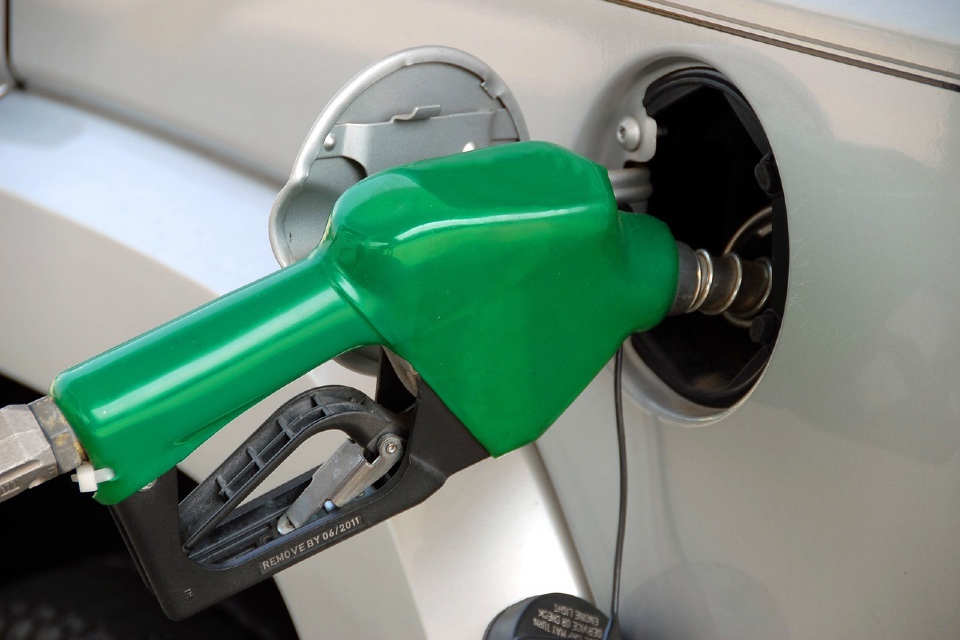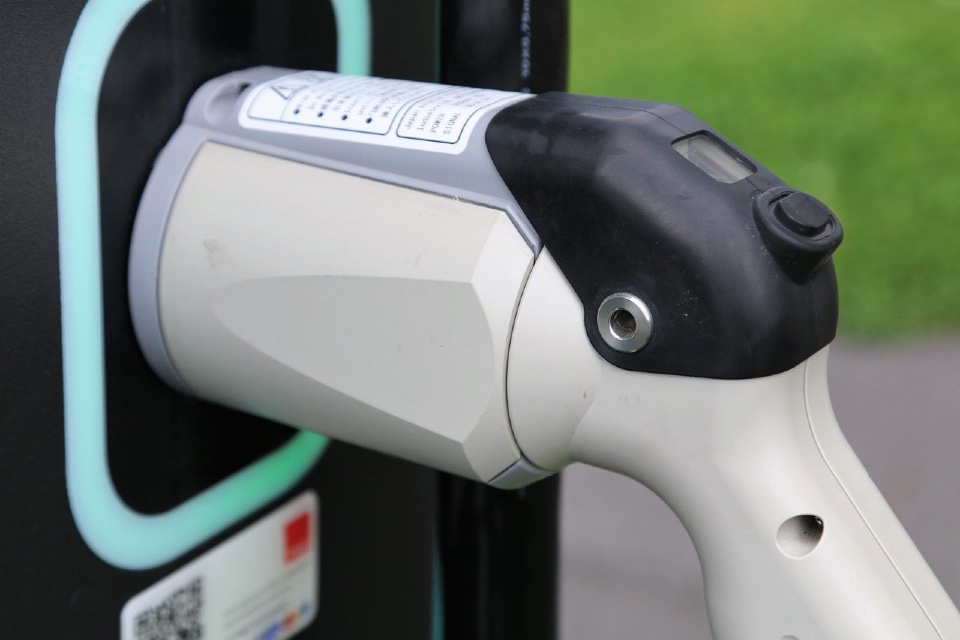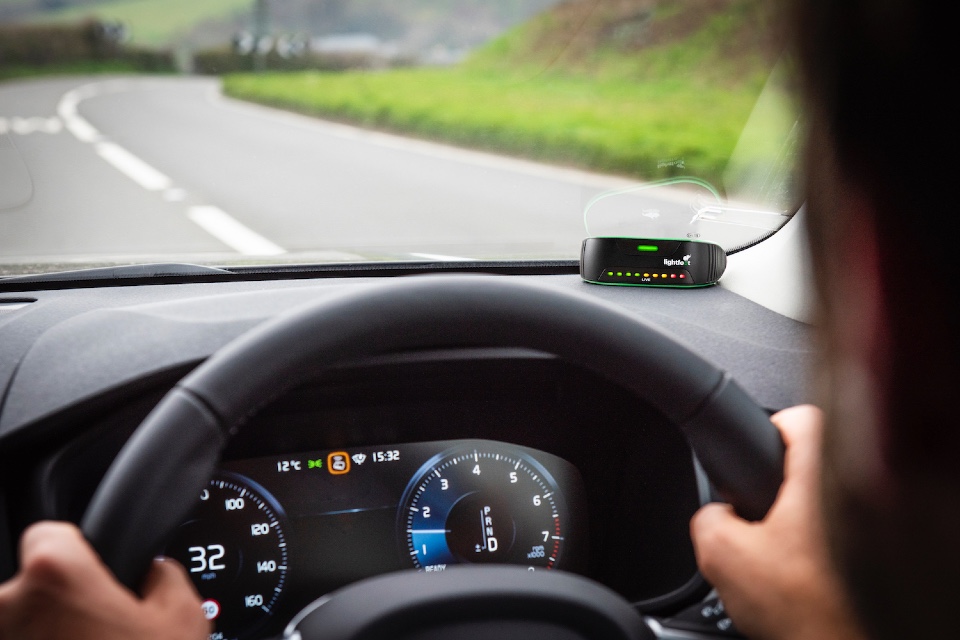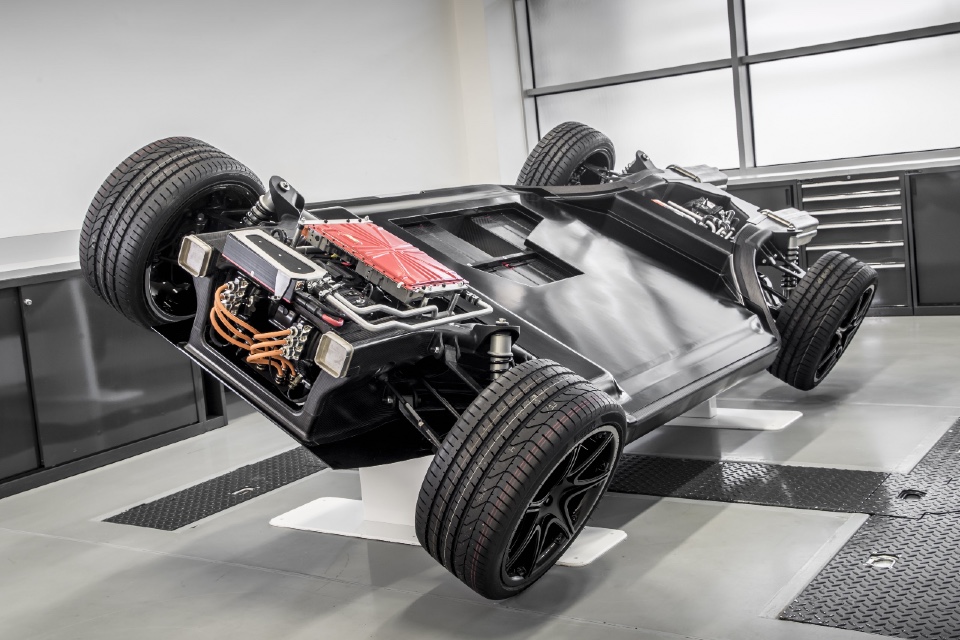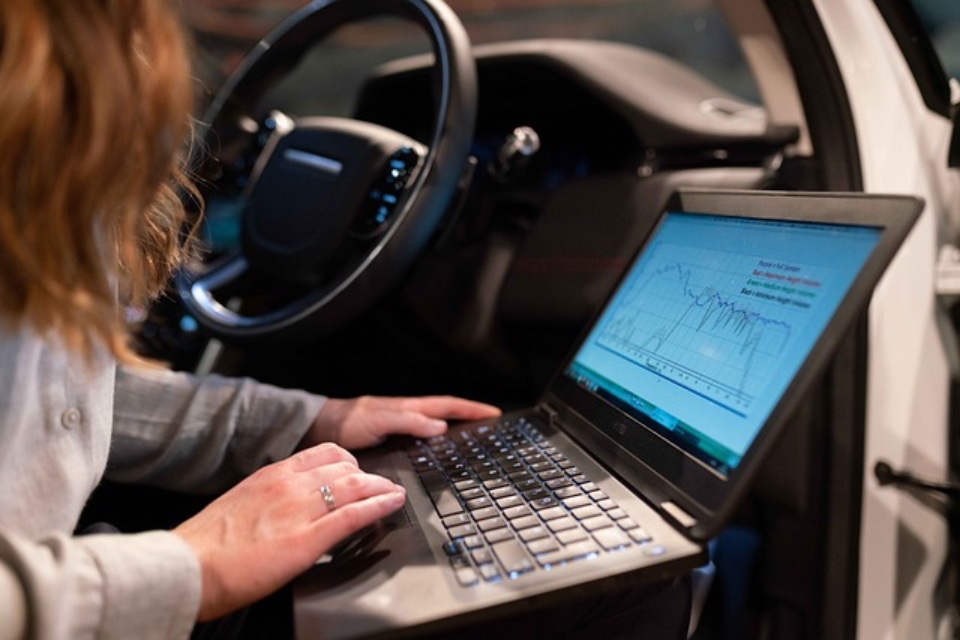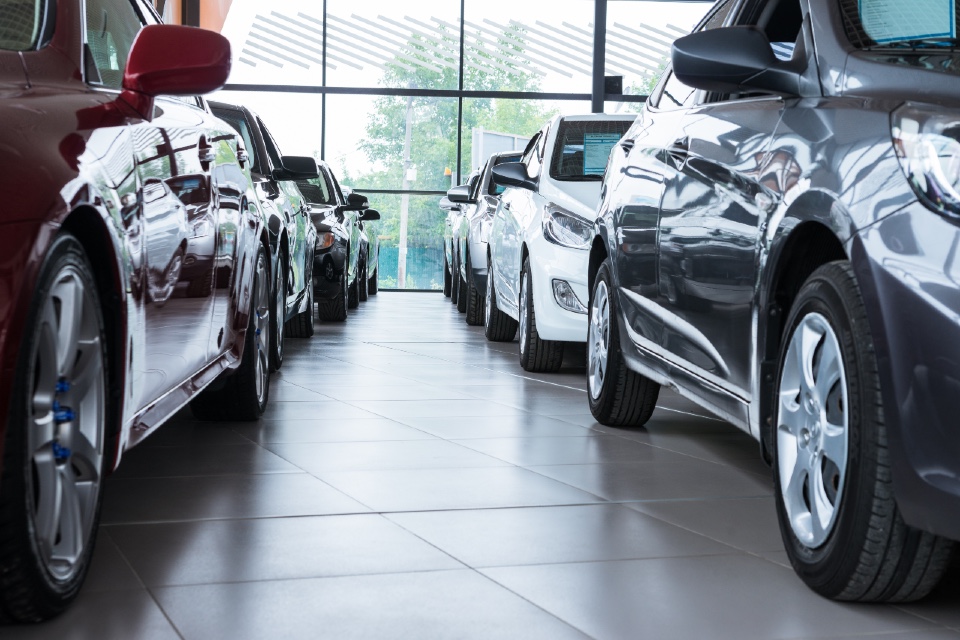Learn from these expert speakers at the Fleet Summit this November
https://fleetservicessummit.co.uk/wp-content/uploads/2021/02/Conference.jpg 960 640 Stuart O'Brien Stuart O'Brien https://secure.gravatar.com/avatar/81af0597d5c9bfe2231f1397b411745a?s=96&d=mm&r=gThere’s a complimentary guest pass reserved for you to attend the Fleet Summit – where speakers from National Highways, Dundee City Council, WhichEV and the AFP will inform your business strategies.
15th-16th Novembern 2023
Radisson Hotel & Conference Centre, London Heathrow
Hear from expert speakers in the event’s seminars, including:
Fraser Crichton – Corporate Fleet Manager at Dundee City Council,
Martin Edgecox – National Fleet Manager at National Highways.
Andrzej Bania – Co-Founder of WhichEV
Association of Fleet Professionals (AFP)
Your place is entirely free of charge, included will be:
– An itinerary of pre-arranged meetings with suppliers based on your requirements and upcoming projects
– Overnight accommodation, all meals and refreshments throughout
– Numerous opportunities to network with other industry professionals
– A place at the 3-course dinner, with entertainment
Alternatively, contact us today for further information.


